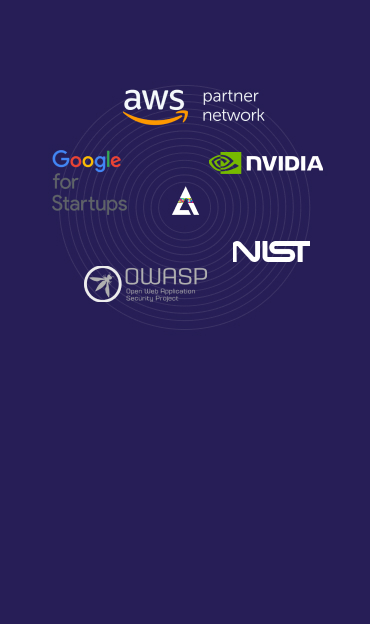AI benefits of smart cities
Smart city concept implies the use of different types of electronic methods to collect data as well as IoT technologies. Smart technologies are being introduced into urban infrastructure to simplify the management of internal urban processes and ensure comfort and safety for the citizens themselves.
In a smart city, the use of smart technologies is aimed at optimizing aspects of city life, such as the operation of the transport system, management of parking areas, saving used resources, simplifying systems for paying utility bills and collecting data on utility costs, and improving the safety of citizens.
Thus, a smart city is not based around a single device or system, but it is a multi-component concept that employs a wide variety of smart technologies and devices aimed at providing comfort and simplicity in urban life.



